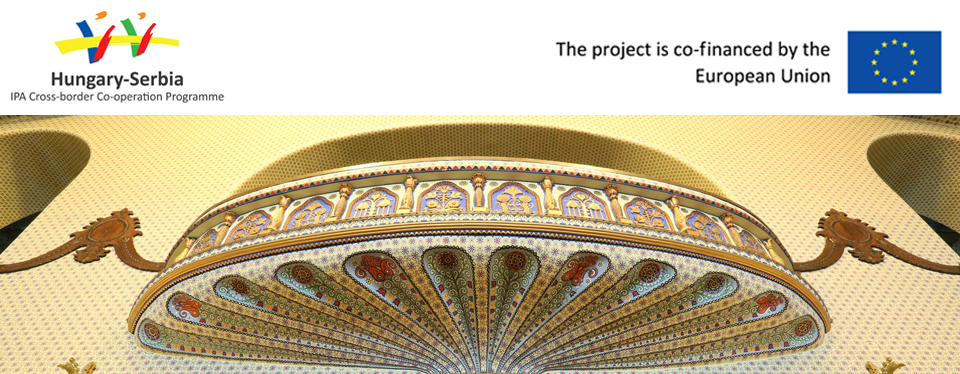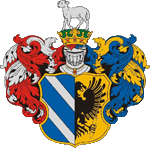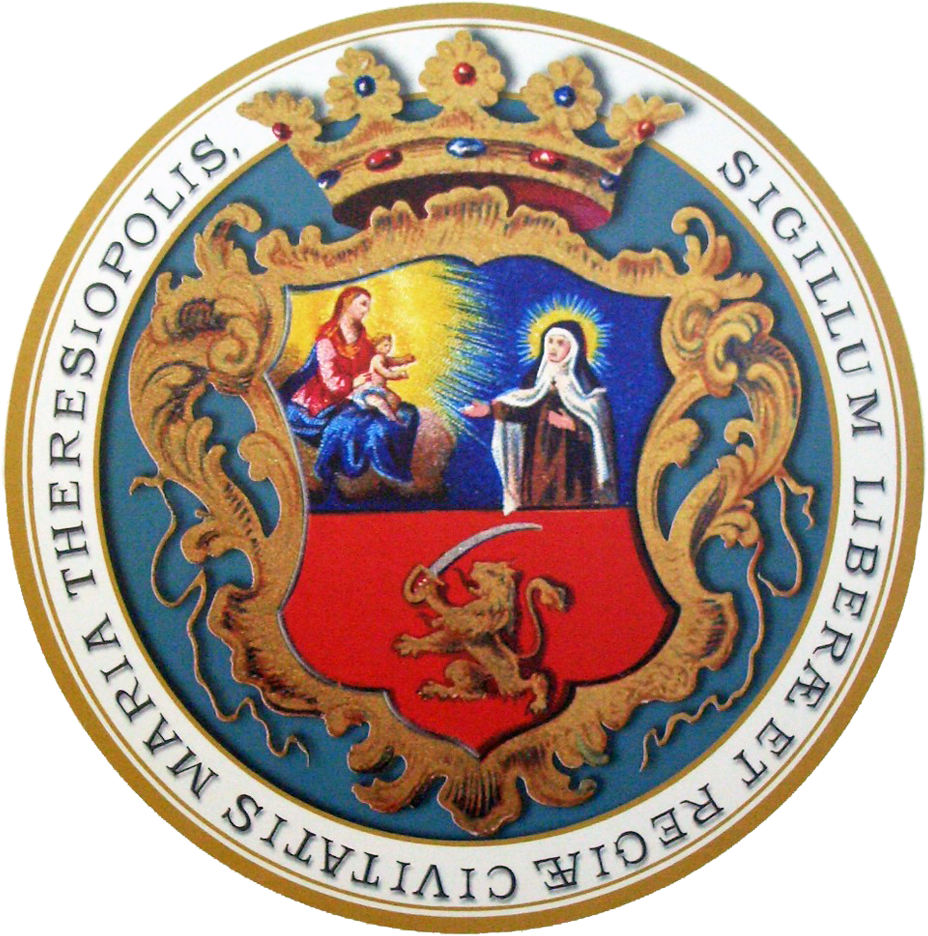| Name of the building | Mansion of Ferenc Raichl J. |
| Current name | Arts Gallery and Mansion of Ferenc Raichl |
| Town, location | 5 Ferenc Raichl Park, Subotica |
| GPS coordinates | N 46° 06′ 05.48″, E 19° 40′ 07.85″ |
| Date of construction | 1904 |
| Stylistical characteristics | The Hungarian version of the Art Nouveau |
|
Architect Builder |
Ferenc Raichl (or Raichle) J. (1869–1960) architect Ferenc Raichl J. had this mansion built for his own needs. |
| Monument classification | It is a protected monument of great significance. |
| History of the building
Changes The primary plans of the mansion were ready in 1903, but the city’s beautification committee did not accept them for the reason of that a building with a mezzanine floor would not fit in with the elite environs. Based on the amended plans, finally a two-storey building was built up in 1904. Raichl became bankrupt in 1908, and the palace was put up to auction. Other successive owners were: Rafael Hartmann, a factory owner, and Emil Sosberfer, a pharmacist. |
|
| The original function of the building
Changes The building was built as a mansion, as the home of Ferenc Raichl J., with an architect’s office on the ground floor. As long as until 9 November 1948, it had saved its dwelling house character, when the Subotica City Museum opened its first exhibition in it. Since 1970, it has been the home of the city’s Fine Arts Gallery. |
|
| Description and qualities of the building | |
|
The lavish family palace gives a picturesque impression with its fine proportions, the harmony of the playful forms, artistically fashioned decorations, applied materials and colours. It apparently dominates over the other buildings of the town, showing a breathtakingly charming spectacle. As for its size, it is not the biggest one, however, it can be considered to be a work of milestone importance and a masterpiece, inspiring its creator’s all later designs. Its location in front of the entrance of the railways station was also a perfect choice since it lies in the line of the street that takes visitors to the town centre. The Raichl Palace looks on to the spacious park extending in front of it, which was not long time ago named after Ferenc Raichl J., the prominent architect of the Hungarian national branch of the Art Nouveau. The centre of the building is dominated by a huge vaulted alcove which is adorned with Kalotaszeg motifs set in Zsolnay ceramic. At the lower part, the massive, wavy line of the balustrade was made from the same material, this holds the masterly crafted iron gate decorated with heart shaped motifs, inviting guests. The entire building is rich in details, each decoration is a newer gem. Between the architectural elements and adornments, there is a perfect harmony. The oriel window projecting from the facade and the massive pair of the Zsolnay pillars, the entwining of the wrought iron railings beautified with floral motifs, the shining of the Murano glass mosaics create such a magnificent spectacle that highlights the central part of the building even more with its profusion. The alcove luxuriates in the various forms, the abundance of colours and materials. The two wooden balconies projecting from the flat surface of the facade are also emphatic. The effect is even further increased by the two Zsolnay ceramic covered towers rising high above them. The wavy line of the attic wall finishing the facade leads to the family’s coats of arms at its culmination. The ornamental foliages made from Murano glass mosaics, looking as if they were folk embroideries, gently embrace the two windows in the middle. In the upper frontal level, we can see a wide range of the Zsolnay Factory’s products, glittering in cheerful colours. The dynamic tracing of the attic is bordered and emphasized with Zsolnay ceramic ornaments in its full length. With its gently curves, this decoration blends into the two towers on the side and adjoins the cheerful geometric interplay of the roof tiles. The emphatic axial motif of the symmetrical facade apparently shows the internal layout of the building. The central rooms are situated in the proximity of the decorative staircase, around them adjoin the family’s dwelling rooms as well as the architect’s study. The playful formation of the courtyard facade is determined by the unity of the staircase and its glass wall, indeed, with its moderate adornment, it evokes a peculiar effect. While the street front is a superb example of the ornamental Art Nouveau, the courtyard part is a non-ornamental excellence. |
|
| References
Martinović Cvijin Kata, Subotički opus Ferenca J.Rajhla, Subotica 1985. Duránci Béla, A Vajdasági épitészeti szecesszió, Üjvidék 1983. Martinović Cvijin Kata, Subotički opus Ferenca J.Rajhla, Subotica 1985. Prčić Vujnović, Gordana – Aladžić, Viktorija – Grlica, Mirko, Gradotvorci 1, Subotica, 2006. Secesija u Subotici, A szecesszió Szabadkán, Subotica, Budimpešta, 128–133. BAGYINSZKI ZOLTÁN – GERLE JÁNOS: Alföldi szecesszió /Art Nouveau in the Alföld Debrecen. 2008. |
|
Map of Subotica >>
















